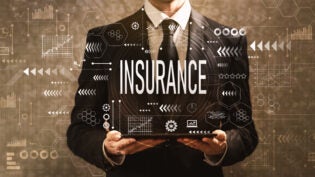
There are a number of risks facing your business, many of which you might already be very aware of. Another risk, though, that is increasing rapidly in recent years is product liability. Manufacturers and retailers confronting this issue have had to increase the costs of their goods and services in order to pay the price for not only litigation but also regulatory requirements imposed by state and federal governments.
As a manufacturer, you need to hold yourself and your business to a high standard, which is the best way to avoid product liability claims. Whenever a claim does come up, you will be held to the level of an expert in the field, in terms of both knowledge and skill. What does the expert standard level mean? You need to keep up with the latest scientific studies, discoveries, and advances in the industry. You will be held responsible for knowing them and making every effort to stay up-to-date.
You also must offer sufficient warnings with your products. During the assembly process, you must include any necessary warnings related to the product, whether you choose to fix them to the product itself or to include them in the packaging. Adequate warnings of the operation risks must also be mentioned when you market the product.
For Retailers
Retailers face an entirely different set of issues when it comes to product liability, but they are no less important. The first obligation you have is to warn customers. If you know about a danger associated with the product, and either know positively or have reason to believe that the buyer doesn’t, it is your responsibility to warn the customer, or else you could be held liable.
Another obligation facing retailers is careful assembly and installation. When either the retailer or a contractor assembles or installs a product, carefully and closely follow the instructions provided by the manufacturer for assembly or installation. After the completion of assembly or installation, you are further responsible for inspecting and testing the product to be certain that it operates safely and properly.
General Points of Concern
No matter what stage you occupy on the business chain, there are a few things you can do to protect yourself from product liability claims.
2. Check products to make sure sufficient warnings are present.
3. Consider ways that a consumer could misuse a product.
4. Identify foreseeable events that could cause liability.
5. Develop a clear and consistent plan for communicating risks to consumers and telling them what they need to do to avoid injury.
6. Get an insurance quote to protect yourself from identified risks.
2993 Views












